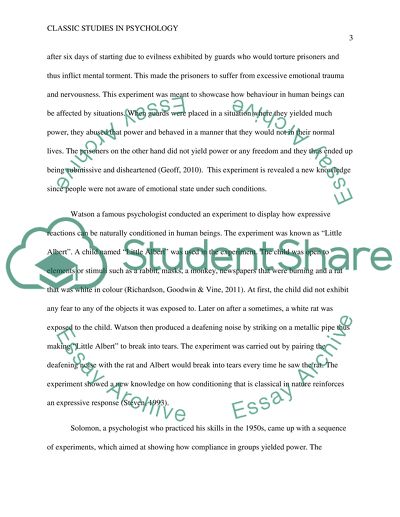Cite this document
(“Classic studies in psychology merely tell us what we already knew Essay”, n.d.)
Retrieved from https://studentshare.org/psychology/1633475-classic-studies-in-psychology-merely-tell-us-what-we-already-knew-discuss
Retrieved from https://studentshare.org/psychology/1633475-classic-studies-in-psychology-merely-tell-us-what-we-already-knew-discuss
(Classic Studies in Psychology Merely Tell Us What We Already Knew Essay)
https://studentshare.org/psychology/1633475-classic-studies-in-psychology-merely-tell-us-what-we-already-knew-discuss.
https://studentshare.org/psychology/1633475-classic-studies-in-psychology-merely-tell-us-what-we-already-knew-discuss.
“Classic Studies in Psychology Merely Tell Us What We Already Knew Essay”, n.d. https://studentshare.org/psychology/1633475-classic-studies-in-psychology-merely-tell-us-what-we-already-knew-discuss.


